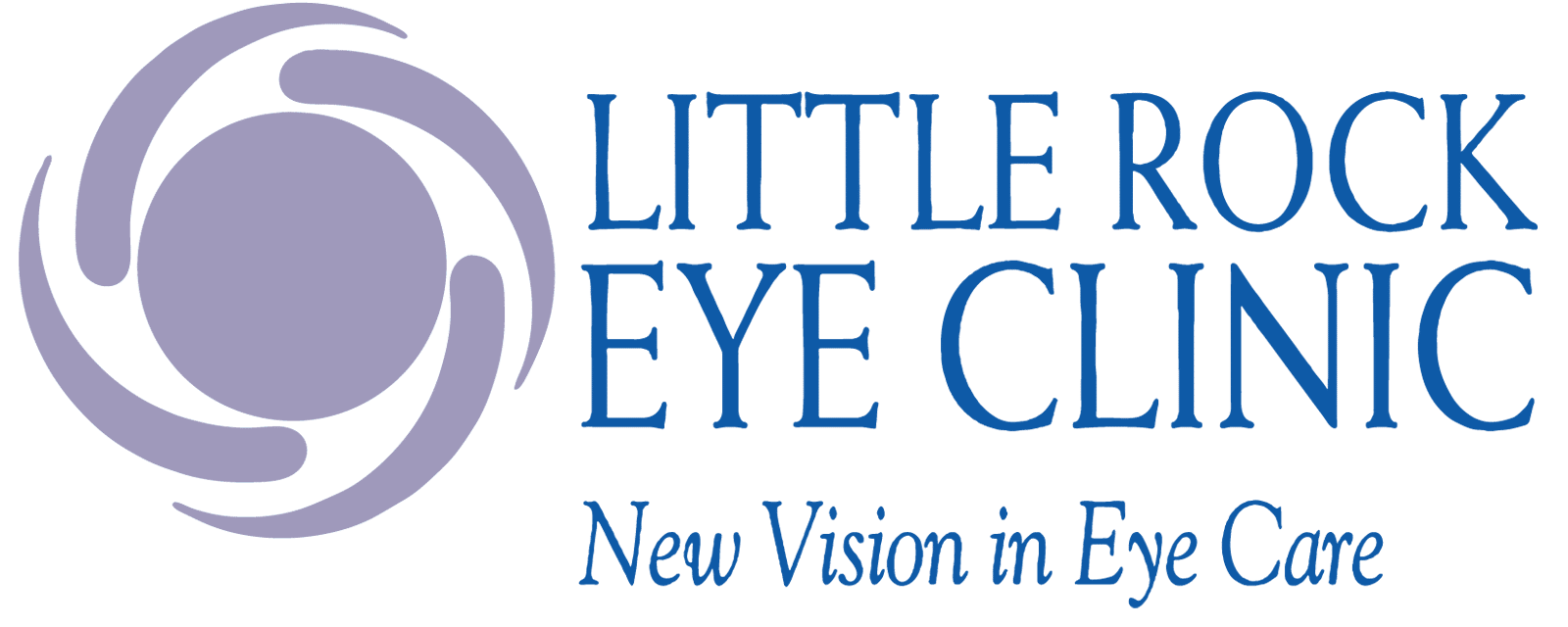Post Cataract Lens Implants — Multifocal Lenses
(‘Restore’ by Alcon, ‘Rezoom’ by AMO, ‘Crystalens’ by Bausch & Lomb)
Recently, a new group of multifocal (presbyopia correcting) lens implants have become approved for use in eyes undergoing cataract surgery.
Cataract surgery removes the eye’s natural lens, which has become cloudy. Until recently, “single focus” lens implants were almost exclusively used in cataract surgery. Lens implants replace the focusing power that is lost when the eye’s natural lens is removed.
One drawback of the “single focus” lenses is that most patients require glasses after cataract surgery for either distance vision, reading vision or both.
The eye’s natural lens (prior to about 50 years of age) is flexible and can change shape to change its point of focus. This ability gradually declines (called presbyopia) and around the age of 40 – 45 years, most people begin to require reading aides in their glasses (bifocals).
Today’s new generation of multifocal lens implants (‘Restore’ by Alcon, ‘Rezoom’ by AMO, ‘Crystalens’ by Bausch & Lomb), attempt to give cataract surgery patients reading and distance vision, without glasses.
The ‘Rezoom’ and ‘Restore’ lenses work by having multiple focal zones within the lens (see photo at the bottom). These lenses are constantly focusing multiple images on the retina. The drawback to this is a decrease in the sharpness of the resultant vision.
The Crystalens (a single focus lens) works by a different mechanism. Its haptics (flexible spring type arms that extend from the lens implant optic) flex out against the capsule that held the eye’s natural lens. When a person attempts to focus on a near object, the ciliary muscle contracts moving this capsule, thus moving the lens implant and changing its point of focus. Recent advances in this lens design have improved the near vision. Currently, patients with this lens are reporting good results.
There is history of previous multifocal lens implant use. The Array lens (AMO) has been in use for many years, but has never gained popularity among many ophthalmologists and/or patients.
It is necessary to place these lenses in both eyes for maximal effect. Some doctors are trying mixing the lenses (for example, Restore in the right eye / Rezoom in the left eye) to try to take advantage of the different strengths of each lens.
Who should have a multifocal lens implant?
Patients strongly desiring spectacle freedom following cataract surgery. However, these patients must be willing to give up some “sharpness of vision/lack of contrast” in exchange for spectacle freedom if a Rezoom or Restore is used. If a Crystalens is used, these patients must be willing to accept glasses if needed.
Who should not have a multifocal lens implant?
- Patients who do a lot of night/dim light (truck driver, hunter) activity because of the decrease in contrast/sharpness. The Crystalens may not have these dim light vision issues.
- Patients who require “perfect” vision. Hypercritical persons.
- Patients with macular/retinal disease (macular degeneration, diabetic retinopathy…).
- Patients with significant corneal disease.
- Patients with an unstable capsular bag for the lens implant.
Other Information About Multifocal Lenses
Preoperative measurements to calculate the lens power are critical. Placement of this lens in the center of the capsular bag is also critical. If either the calculations or surgical placement of the lens is inaccurate, spectacle freedom will not be achieved and possibly a second surgery will be required.
Cost
These lenses are more expensive than standard single focus lenses and can cost greater than $1,000.00 more per eye than standard cataract surgery. Medicare does not cover this cost.
If you have questions or would like to learn more, feel free to schedule an appointment with one of our doctors.
- About the Author
- Latest Posts
With a legacy spanning over five decades, Little Rock Eye Clinic has been the cornerstone of eye health in Central Arkansas, offering comprehensive services from routine eye care to complex disease treatment. Originating from the Cosgrove and Henry Clinic and evolving through various expansions and specializations, our clinic now boasts three locations, a team of board-certified eye care specialists, and a full optical department, making us a one-stop solution for all your eye care needs.

